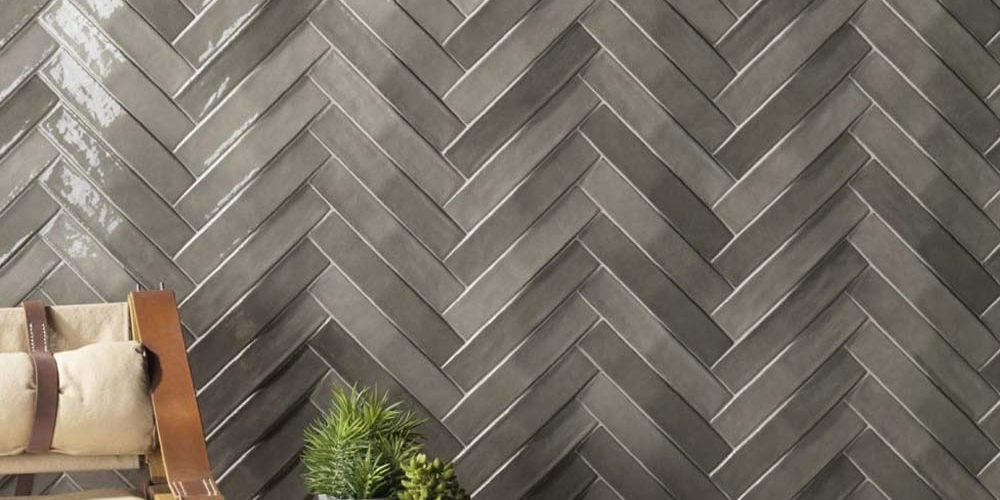
The Essential Differences Between Porcelain and Ceramic Tiles
9 September 2023
Contact Us
Boisbriand
654 Curé-Boivin
Boisbriand, Quebec
J7G 2A7
Monday to Friday: 9 AM to 5 PM
Saturday: 9 AM to 5 PM
Phone: +1 450-419-5111
Email: [email protected]
Saint-Laurent
3850 Boulevard Côte-Vertu West
Saint-Laurent, Quebec
H4R 1V4
Monday: Closed
Tuesday to Saturday: 9 AM to 5 PM
Phone: +1 514-500-9866
Email: [email protected]

When it comes to choosing the ideal floor or wall covering for your home, porcelain and ceramic tiles are two popular options. Although they may seem similar at first glance, they have essential differences in terms of composition, durability, maintenance, and appearance. In this article, we will explore these differences to help you make an informed decision for your next renovation project.
Composition and Firing
The fundamental difference between porcelain and ceramic tiles lies in their composition and manufacturing process:
– Ceramic Tiles: Ceramic tiles are made from a mixture of clay, sand, and other natural materials. They are then fired at lower temperatures than porcelain tiles. This makes them less dense and more porous than porcelain tiles.
– Porcelain Tiles: Porcelain tiles are made from a special clay called kaolin, mixed with other materials. They undergo firing at extremely high temperatures, making them denser, stronger, and less porous than ceramic tiles.
Wear Resistance
Wear resistance is an essential factor to consider:
– Ceramic Tiles: Due to their higher porosity, ceramic tiles are more susceptible to wear, chipping, or staining. Therefore, they are better suited for low-traffic and low-humidity areas, such as hallways and bedrooms.
– Porcelain Tiles: Porcelain tiles are extremely resistant to wear. Their density and low porosity make them ideal for high-traffic areas, such as kitchens, bathrooms, and outdoor spaces.

Moisture Resistance
Moisture resistance is another crucial aspect:
– Ceramic Tiles: Ceramic tiles, due to their porosity, can absorb more water. Therefore, they are not suitable for areas with high humidity, such as bathrooms or kitchens.
– Porcelain Tiles: Porcelain tiles, being less porous, resist moisture well. They are perfect for spaces where frequent water exposure occurs.
Maintenance
Maintenance plays an important role in the durability of tiles:
– Ceramic Tiles: Ceramic tiles require more rigorous maintenance because of their porosity. They need to be sealed to prevent staining and require regular cleaning.
– Porcelain Tiles: Porcelain tiles are easier to maintain due to their stain resistance and low porosity. Regular cleaning is enough to keep them in good condition.
Appearance and Aesthetics
In terms of appearance, both types of tiles offer a variety of styles and finishes. Porcelain tiles can also mimic the appearance of wood, stone, and other materials with great precision, offering a wide range of aesthetic options.
In summary, the choice between porcelain and ceramic tiles depends on the intended location and usage, as well as your aesthetic preferences. Porcelain tiles are generally more resistant, durable, and suited for high-traffic and moisture-prone areas. Ceramic tiles, while offering a variety of styles, are better suited for low-traffic and low-humidity spaces. It is important to consider these differences when selecting your tiles to achieve the desired results in your renovation project.

